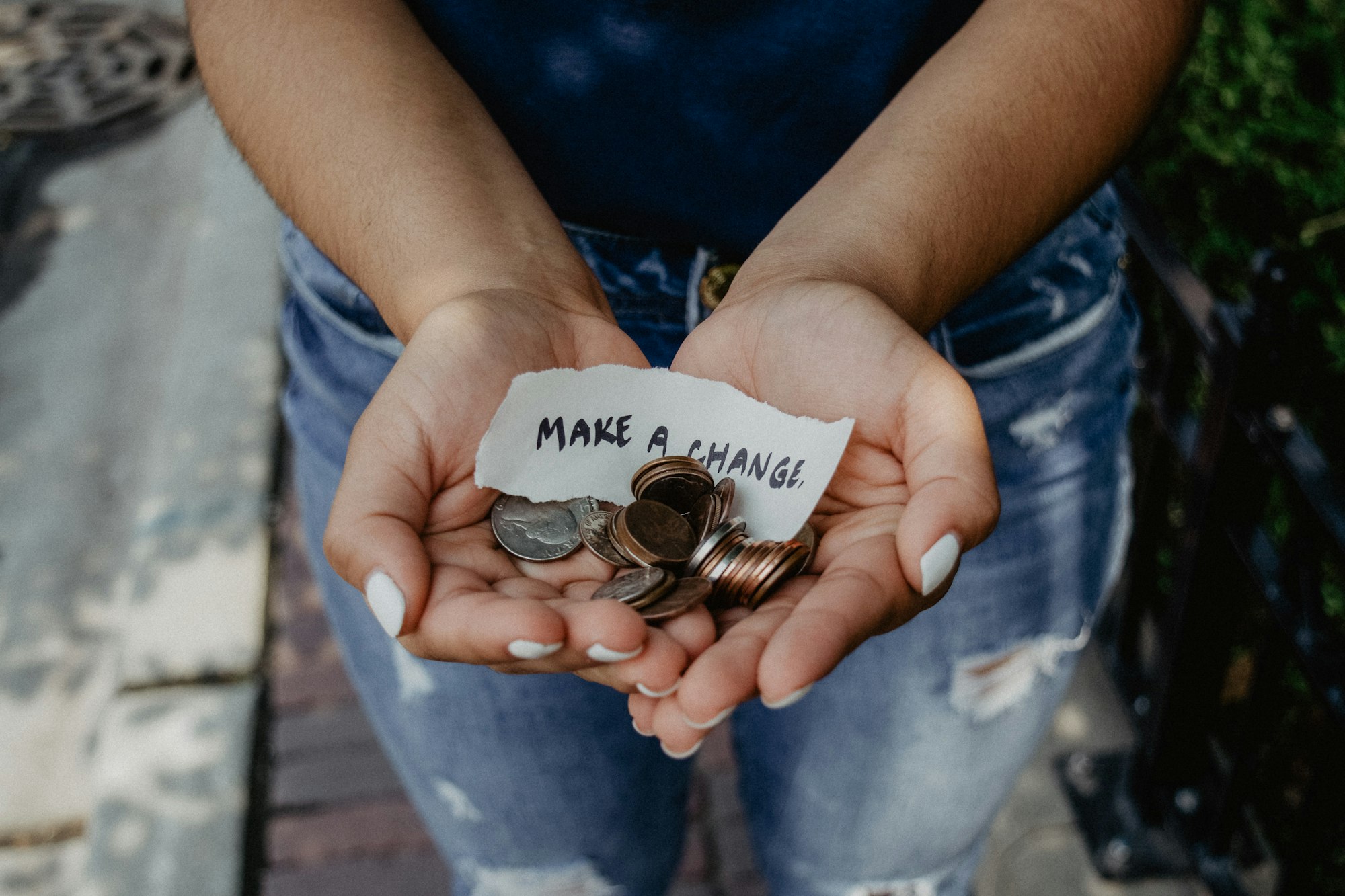Tell a Story the Brain Likes
Storytelling affects the brain in specific and important ways, which explains why we love stories so much. But what are they and how do they function?

Everyone loves a good story.
Movies, books, television shows: we consistently turn to these to laugh, cry, or terrify ourselves, or even just for passive entertainment.

Why do we love stories so much? Storytelling affects the brain in specific and important ways.
Marketers can use the power of storytelling to tap into the brain with heightened potency.
Different brain areas of the brain have different functions, and we've mapped them to how they respond to marketing in a previous article.
When we watch a compelling video or a rousing speech, a functioning Wernicke’s area allows us to comprehend speech, while the occipital lobe processes what we’re seeing.
The emotional content? Those soft orchestra notes that seem to be in the background of every “powerful” or “moving” ad—those are designed to tap your limbic system to pull that emotional response.
But beyond general brain activity, there are specific reasons why storytelling is so important.
Oxytocin
Oxytocin is a neurochemical that plays a big role in effective storytelling. Scientist Paul Zak’s research has linked oxytocin to human trust and cooperation. It motivates reciprocation.
Synthesized in the hypothalamus of mammal brains, oxytocin’s classic association is with uterine contractions and nursing. It’s released not only in the brain but also in the body, which means that scientists can measure it through the blood.
More useful to marketers, oxytocin is linked to increased prosocial behaviors and empathy. Zak wanted to determine whether storytelling in movies could cause oxytocin release.
Using footage from St. Jude’s hospital, Zak and fellow researchers created two short videos, one in which there is a dramatic arc where a young boy has cancer, and one in which there is no mention of the disease. After watching the dramatic narrative, participants had an increase in oxytocin in their blood, which correlated with a sense of heightened empathy.
In another of Zak’s studies, participants watched PSAs, and were asked afterwards if they wanted to donate money. Those who were administered oxytocin before the PSA donated on average 56% more money to charity.

Yet another Zak study found that people who had higher levels of oxytocin and a hormone indicating attention after watching the PSAs made donations that were 261% higher than those from people who did not have an increase in these biomarkers.
Long story short—when storytelling is effective, it has a measurable effect in the brain, one that matches up with people’s outward responses and actions. One of those effects is increased oxytocin, because a good story will involve people emotionally. Good stories tap into viewers’ empathy, and because of neuroscience, we know that this isn’t just a fuzzy feeling. It’s quantifiable.
Neural Coupling
Neural coupling is a phenomenon studied by Princeton neuroscientist Uri Hasson. Neural coupling occurs during communication, like storytelling.
In one study by Hasson, he found that when a speaker told a story “the speaker’s and listener’s brains exhibited joint, temporally-coupled, response patterns.”
Basically, the brain activity of speaker and listener aligned as they connected around the story. This phenomenon significantly diminished when the speaker told a story in a language the listener did not know.
Hasson also found that when five people sit in a room together, listening to the same story, their brain activity becomes aligned.
This is also seen in movie theaters, specifically during movies and movie trailers. Leading neuroscientist Moran Cerf gives a great TEDx talk on neural coupling when people absorb the same interesting content.
His research found that movie trailers that optimized for neural coupling predicted the ultimate ticket sales and success of a film.
These two observed mechanisms alone start to prove the power of storytelling. This science shows that it has an important link to human social behavior and communication.
Storytelling as a Tool
Marketers often through the term “storytelling” around without much concrete backing for its effects. Looked at through the lens of science, though, we know for sure that storytelling is an incredibly effective tool.
As put by Paul Zak, “when you want to motivate, persuade, or be remembered, start with a story of human struggle and eventual triumph. It will capture people’s hearts – by first attracting their brains.”
How we tell that story matters. This is where best practices come into play. We’ve all seen some variation of Simon Sinek’s “Start with Why,” but why should we do that? To capture that emotional system within someone—to get them engaged in a way that goes beyond just hearing facts.

It’s easy to tell your purpose statement. The trick is aligning that with the interests and needs of your audience. When these things are aligned, your ability to tell a story actually has a chance to create the desired effects.
This is what we live and breathe at Sorter. Our job is to increase the probability that your message, digital experience, or story finds the sweet spot with your audience’s brain.
We use digital data to isolate what an individual consumer prioritizes when they think through a buying decision, then provide tools to help a brand craft the perfectly cognitively personalized message for them. This creates a better experience for the customer, and increases the chances they will want to learn more about the brand.
If you want to learn more about how advertising can play out in the brain, you can read more about it here.

